The Technique article in this issue, “Checked Plywood Repair” by Kent and Audrey Lewis, is one that I took a special interest in. Several of the boats I’d built, and the teardrop trailer I’d built using the same materials and methods, have been showing areas of plywood that had checked. Work that had held up for years was being undone and I wasn’t sure why.The oldest of the boats is the gunning dory I built for my father in 1980. John Gardner’s The Dory Book, published in 1978, was my guide for both my introduction to boatbuilding and the plans for the dory. It was the second planked boat I’d built, the first being a Marblehead dory skiff. With the exception of the garboards, both were traditionally built with red cedar planks on oak frames, all finished bright. I had taken Gardner’s advice and used plywood for the garboards to avoid the splitting he noted that happens to the short grain at the ends of natural lumber garboards. A section of the port garboard in the stern of the gunning dory had the worst of the checking. I had hoped sanding and painting would cure the problem, but after three efforts over the course of several years, it was clear paint wasn't the solution.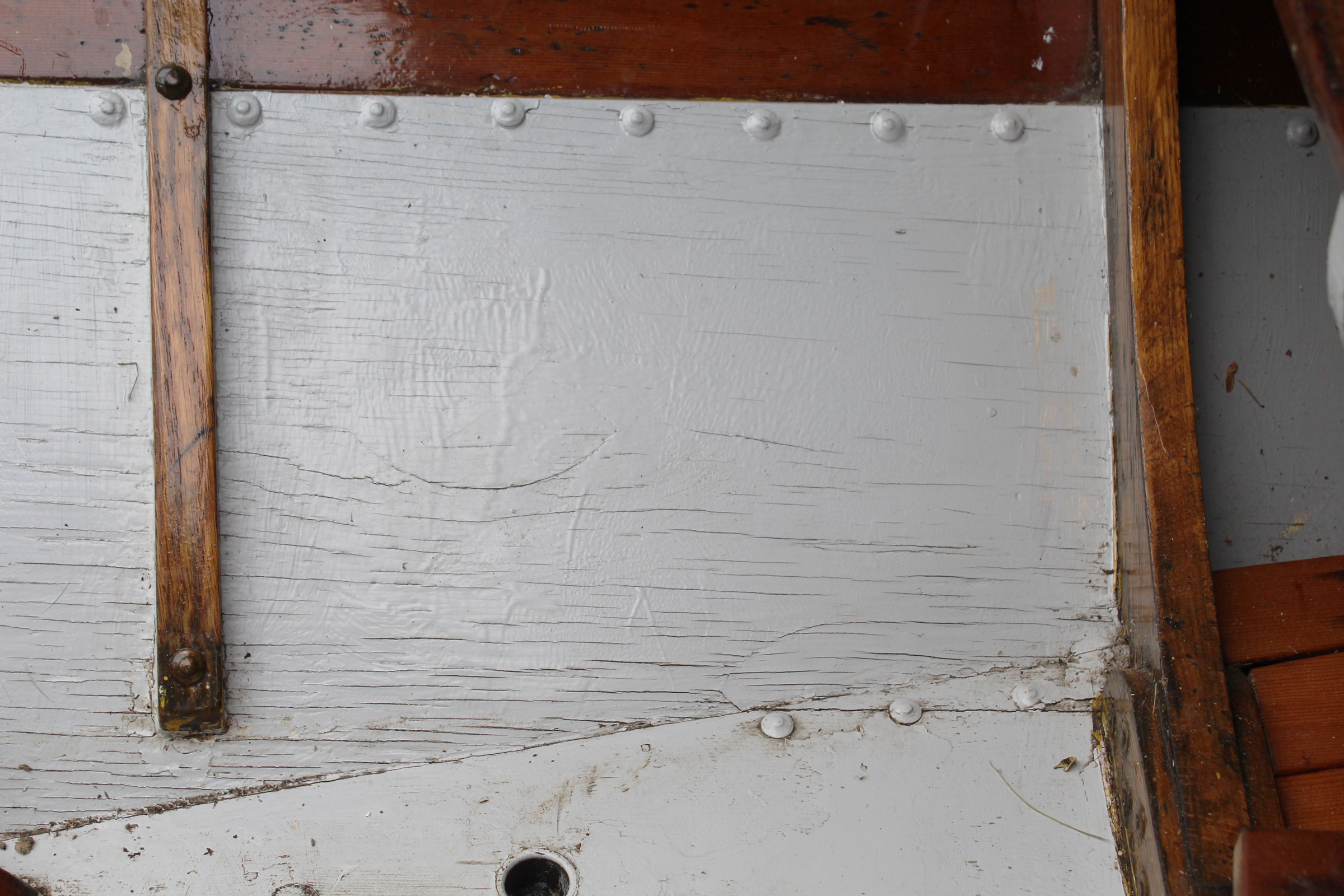
Join The Conversation
We welcome your comments about this article. To include a photo with your remarks, click Choose File below the Comment box.

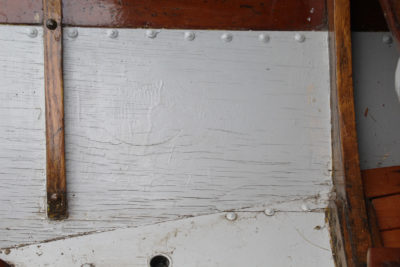
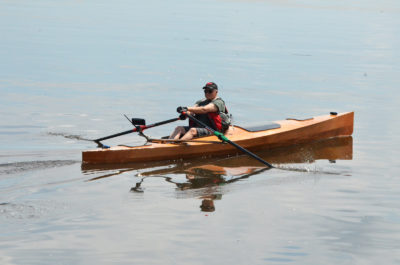
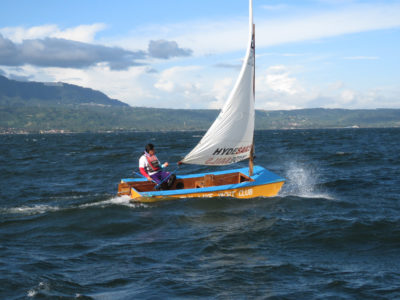
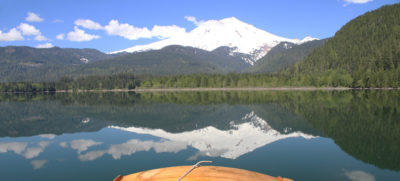
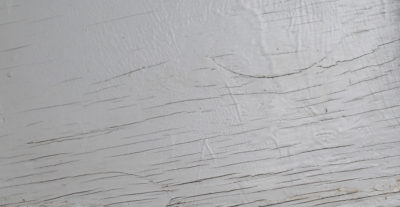

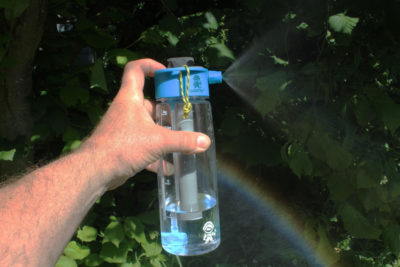
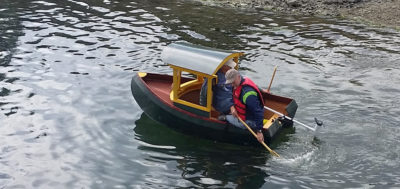
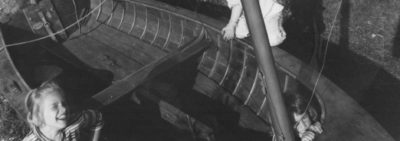
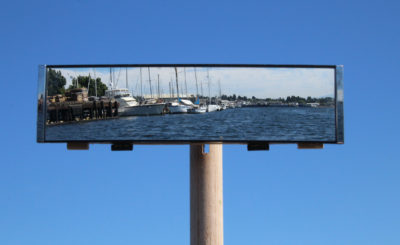

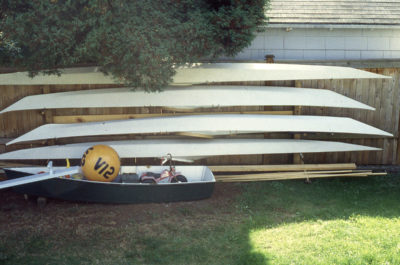
In the Chesapeake, sun exposure will damage varnish and the wood underneath in only 1 year. But when I coated with epoxy first, it lasted almost 10 years. I don’t epoxy coat every time, but if the wood is going to see hard service I’ll go through the effort and cost of epoxy.
All fine but, why oh why use rivets in plywood? Drilling holes, exposing the inner layers of the holes in the plywood to water intrusion?
Never seen it before! Sorry for my blunt question? I am Dutch, I know!
In The Dory Book, Gardner mentioned using plywood garboards in lieu of ones made of lumber in traditional construction, but made no comment about changing the fasteners too. The garboards of both the dory skiff and the gunning dory are fastened to Douglas-fir bottoms and western-red-cedar broad strakes. I don’t think glued laps would have been the way to go, as the lumber might move more than the plywood with changes in moisture and temperature. The skiff spent a month in the water during my first Inside Passage cruise, but otherwise it and the gunning dory spent their time stored out of the water. I haven’t seen any sign of paint lifting paint or softness around the rivets.
I have never had good luck using fir ply, even so-called marine grade. It almost always checks, no matter what you put on it (except, perhaps, completely sheathed in 6 ounce FG with epoxy). All my boats have been built using BS1088 Merenti, generously coated with epoxy inside and out. I typically use Interlux epoxy primer, then Brightsides one-part polyurethane as the finish coat. Some of my boats live outside year round on a trailer with nothing but a fitted cover, while others spend the summer season afloat. I have never experienced delamination or checking, and my finishes look pristine for years on end, with the occasional re-coating of the surfaces as needed.
My use of epoxy for boat building started in 1980, when I temporarily abandoned my career as a merchant seaman, to take a year-long course in wooden-boat building. Subsequently made my living for the next seven years as a boat builder/boat carpenter, and have continued that path on the side, since then. Most of my experience with epoxy has been with the Gougeon Brother’s products (WEST system), which have proven to be very versatile, and mostly satisfactory.
BUT, in my experience, the WEST system (without fiberglass) has failed in preventing checking in fir plywood. In 1984, I built a pirogue, using AC fir plywood that had absolutely no voids. Cognizant of the potential checking perils, the bottom was coated with 5 coats of WEST epoxy, the last 4 being thickened with aluminum, and graphite powders. Over the long haul, this surface DID check, and severely.
After this experience, extensive research suggested that Gluvit brand epoxy could obviate this problem; and so it did. For whatever reason, Gluvit has kicked plywood checking to the curb. Higher “modulus of elasticity”? It’s over my head. But I’ve built some stuff out of CDX yellow pine plywood (not boats!), that when coated with Gluvit, have lasted 20+ years out in the elements, with absolutely no checking.
I’m sticking (pun intended) with the WEST system for bonding, fairing, and laminating, but for epoxy encapsulation with fir, or other softwood plywoods, Gluvit seems to be the answer.
My experience with epoxy in the dozen small plywood boats I’ve built over fifty years is that it does not prevent checking or delamination over a decade when stored outside. I suspect sunlight gets through the protective paint. It certainly makes the boats much heavier. If weight is a concern, use very good plywood without covering. It will degrade faster, but it will be the lightest possible. I’ve never had even the thinnest plywood hull break, so I no longer think it needs the added strength of cloth and epoxy. If weight isn’t a concern, use plywood heavy enough and with enough plies that the outer layer doesn’t matter that much. I now feel that due to the laminate structure of plywood, it can’t be considered for boats that should last for a long time. Laminates break down. Just look at the multitude of unreliable cored decks.
Douglass fir plywood is very prone to checking due to the nature of the wood and to the manufacturing method. The wood is rotary cut and therefor subject to maximum expansion and contraction cycles.